18 Asian Cities That Blend Ancient Traditions With Modern Life
The beauty of Asia lies in its ability to seamlessly blend tradition with progress. In many cities, you’ll notice how ancient customs are woven into the fabric of urban life. From traditional festivals to cutting-edge technology, the fusion creates a unique vibe that’s hard to match. As you stroll through the streets, you’ll discover centuries-old practices thriving in the heart of modern landscapes.
This post may contain affiliate links, which helps keep this content free. Please read our disclosure for more info.
Tokyo, Japan
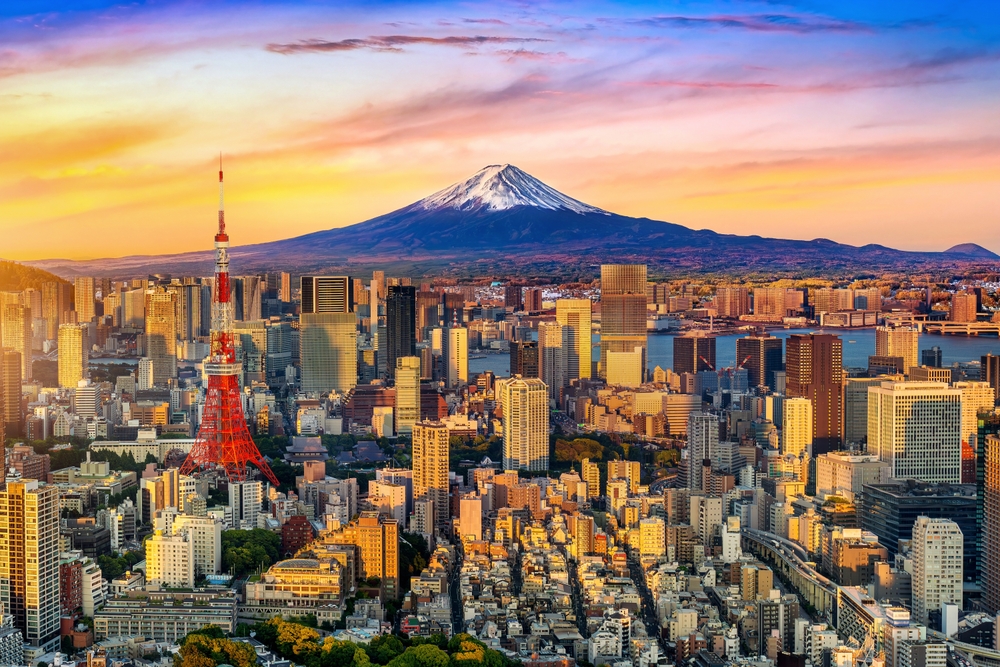
Tokyo is a place where ancient temples coexist with towering skyscrapers. Traditional practices like tea ceremonies and sumo wrestling thrive alongside the latest innovations in technology and fashion. Visitors can experience centuries-old Shinto shrines and Buddhist temples right next to some of the most advanced urban landscapes in the world. The city’s diverse districts blend the old with the new in the most unexpected ways. With a mix of history, modernity, and a vibrant cultural scene, Tokyo offers something for everyone.
In neighborhoods like Asakusa, you’ll find the famous Senso-ji Temple, one of Tokyo’s oldest Buddhist sites. This cultural gem sits in contrast with the neon lights and modern shops of the surrounding streets. Tokyo is also a city of innovation, known for its cutting-edge transportation systems and skyscrapers. Despite its forward-thinking nature, Tokyo remains deeply connected to its roots. Its festivals and traditions continue to be a significant part of the city’s identity.
Beijing, China

Beijing is a stunning example of ancient and modern China blending seamlessly. The city’s history is apparent in its iconic landmarks like the Forbidden City and the Temple of Heaven, where centuries of tradition remain alive. Yet, it is also home to a rapidly developing infrastructure, with modern skyscrapers, world-class shopping malls, and high-tech districts. Visitors can experience both the old world charm and the progressive energy of the country in one dynamic city. The fusion of traditional Chinese culture and modern innovation makes Beijing an exciting destination.
One of Beijing’s standout features is the juxtaposition of traditional hutongs (narrow alleys) with contemporary architecture. The ancient heart of the city holds deep cultural significance, with the Forbidden City still serving as a reminder of China’s imperial past. However, Beijing’s skyline continues to evolve, with futuristic buildings like the CCTV Tower standing tall. This blend of ancient and modern makes Beijing a place where the past and future coexist. The city offers a perfect balance for travelers who want to explore both ancient wonders and modern marvels.
Seoul, South Korea

Seoul offers an exciting contrast of ancient palaces and vibrant modern life. The city is home to royal landmarks such as Gyeongbokgung Palace, where visitors can step back into Korea’s past. On the other hand, areas like Gangnam showcase Seoul’s cutting-edge technology, fashion, and entertainment. The fusion of old-world traditions with ultra-modern design makes the city truly unique. Whether you are exploring ancient markets or high-end shopping districts, Seoul never fails to impress.
Seoul’s traditional tea houses and historic temples are found alongside sleek glass buildings and high-tech hubs. Areas like Bukchon Hanok Village preserve traditional Korean architecture, offering a peaceful escape within the bustling city. Yet, nearby districts are teeming with neon lights and the latest trends in fashion and music. The mixture of history and modernity is woven into the city’s fabric, making it a fascinating destination. Seoul’s ability to keep ancient traditions alive while embracing the future makes it a standout city.
Hong Kong, China
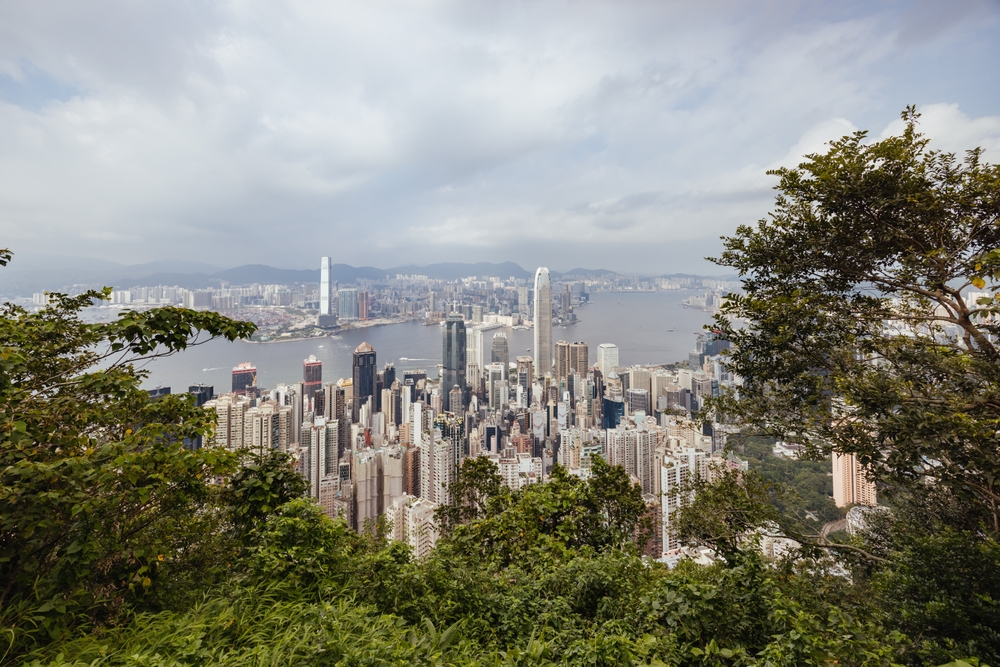
Hong Kong is a dynamic city where ancient Chinese traditions meet a modern, cosmopolitan atmosphere. Visitors can explore traditional temples like Wong Tai Sin, where locals practice age-old religious customs, while also enjoying high-end shopping malls and skyscrapers. The city’s harbor is a prime example of the fusion, with the old Star Ferry running alongside modern ferries and yachts. The blend of Eastern culture and Western influence creates a unique energy in this vibrant metropolis. Hong Kong is truly where history and modernity coexist in perfect harmony.
On one side of the city, you’ll find the bustling street markets selling everything from antiques to traditional Chinese medicine. On the other, towering skyscrapers like the International Commerce Centre define the modern skyline. Yet, despite the fast pace of life, Hong Kong has managed to preserve its traditional customs. The annual Chinese New Year celebrations are a perfect example of how the old and new come together. The city’s unique blend of culture makes it one of the most exciting places in Asia.
Singapore

Singapore is known for its exceptional mix of tradition and innovation. The city’s iconic skyline is home to futuristic buildings, but it also celebrates traditional Chinese, Malay, and Indian cultures through its various neighborhoods. Chinatown, Little India, and Kampong Glam all retain their cultural heritage, offering visitors a taste of the past while the rest of the city embraces the future. Singapore’s multicultural background plays a key role in shaping its identity, making it a unique blend of history and modern life. It’s a city that constantly reinvents itself while staying true to its roots.
The city’s design reflects the perfect balance of nature and urban living, with places like Gardens by the Bay providing an oasis of greenery amidst modern architecture. The Singapore Flyer offers incredible views of the city’s skyline, where history and modernity are effortlessly intertwined. Old traditions, such as the mid-autumn festival, are celebrated with equal enthusiasm as the latest tech innovations. Singapore’s culinary scene is a great example of this blend, where traditional dishes meet modern influences. The city’s ability to adapt while maintaining its cultural identity makes it a fascinating destination.
Kyoto, Japan

Kyoto is a city where time seems to slow down, allowing visitors to truly immerse themselves in the culture and history of Japan. The city is famous for its preserved temples, traditional tea houses, and the iconic Fushimi Inari Shrine with its thousands of red torii gates. These historical sites provide a peaceful contrast to the more modern aspects of Kyoto, such as its bustling shopping districts and contemporary art museums. Kyoto is the perfect destination for those seeking a city that balances the ancient and the modern effortlessly. Whether you are visiting a Zen garden or shopping for the latest trends, Kyoto offers the best of both worlds.
Despite its rich history, Kyoto is far from stagnant. The city embraces modernity through sustainable practices and innovative architecture while keeping its traditions alive. Visitors can enjoy everything from traditional kimono rentals to modern restaurants offering fusion cuisine. Kyoto’s shopping districts are a blend of old-fashioned stores and trendy boutiques. This combination of old and new makes Kyoto a beautiful representation of Japan’s ability to respect its past while looking forward to the future.
Mumbai, India
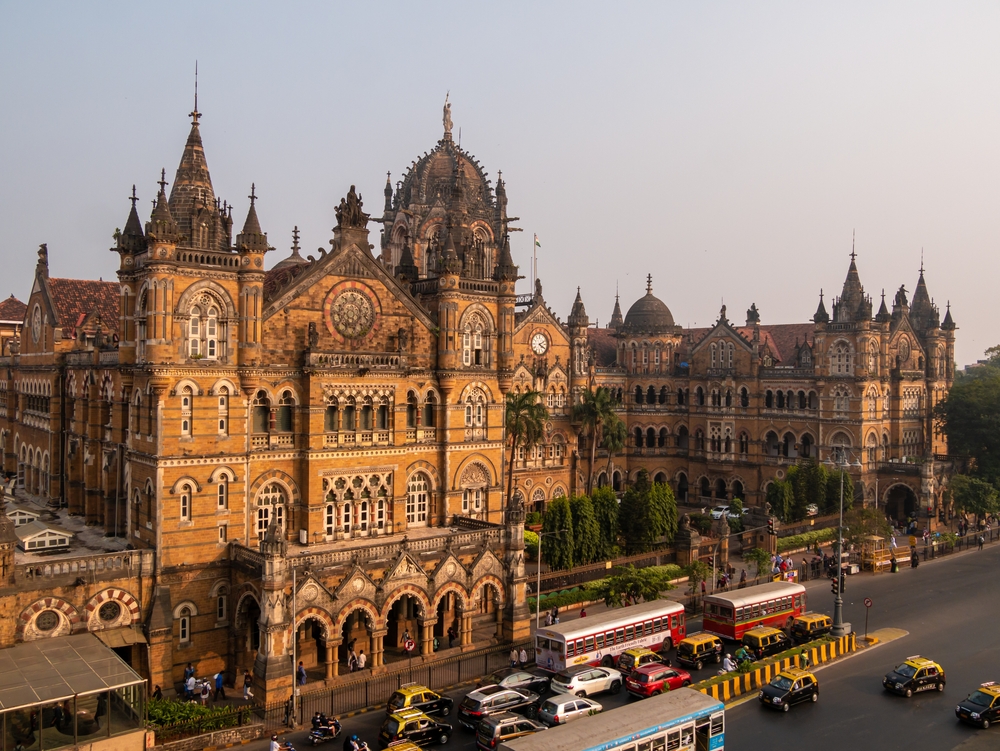
Mumbai is a city that thrives on its energetic mix of tradition and modernity. Its colonial-era architecture and bustling markets contrast sharply with the glittering high-rises and luxury malls that dominate the skyline. As the financial capital of India, Mumbai showcases a blend of commerce, culture, and history. The city’s diversity is reflected in its cuisine, festivals, and lifestyle, making it a truly dynamic place to visit. Mumbai is a city where the past and present walk hand in hand, creating a fascinating atmosphere for travelers.
The streets of Mumbai tell a story of both old and new India. You can explore historical landmarks like the Gateway of India or visit modern art galleries that showcase the country’s contemporary creative scene. The city’s markets are a reflection of its rich cultural heritage, while its shopping districts are cutting-edge. With its booming film industry and traditional bazaars, Mumbai has something for every traveler. It is a place where modern ambition and cultural legacy come together in an extraordinary way.
Ho Chi Minh City, Vietnam
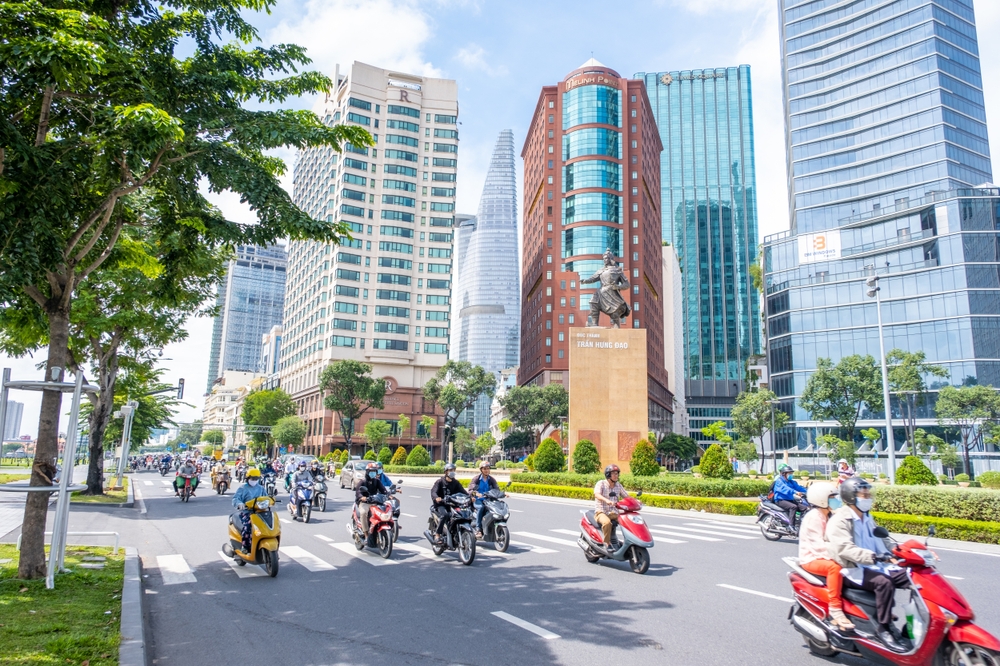
Ho Chi Minh City, formerly Saigon, offers a perfect blend of old-world charm and modern life. You can easily find yourself in the midst of history at places like the Cu Chi Tunnels or the War Remnants Museum. Meanwhile, the bustling streets are filled with modern cafes, high-rise buildings, and trendy boutiques. The city continues to evolve at an impressive rate, yet it keeps its cultural traditions alive. Ho Chi Minh City is where the past and present are never far apart, making it a fascinating place to explore.
As Vietnam’s economic hub, Ho Chi Minh City is home to a growing number of skyscrapers, yet the cultural heart remains deeply rooted in its past. The streets are lined with French colonial architecture, and traditional markets like Ben Thanh offer a glimpse into the local way of life. The city’s food scene is a wonderful mix of ancient recipes and modern twists, from pho served in street stalls to fusion restaurants. Whether you’re exploring history or enjoying the latest trends, Ho Chi Minh City provides a little bit of everything. It’s a place where tradition and progress meet in exciting and unexpected ways.
Jakarta, Indonesia
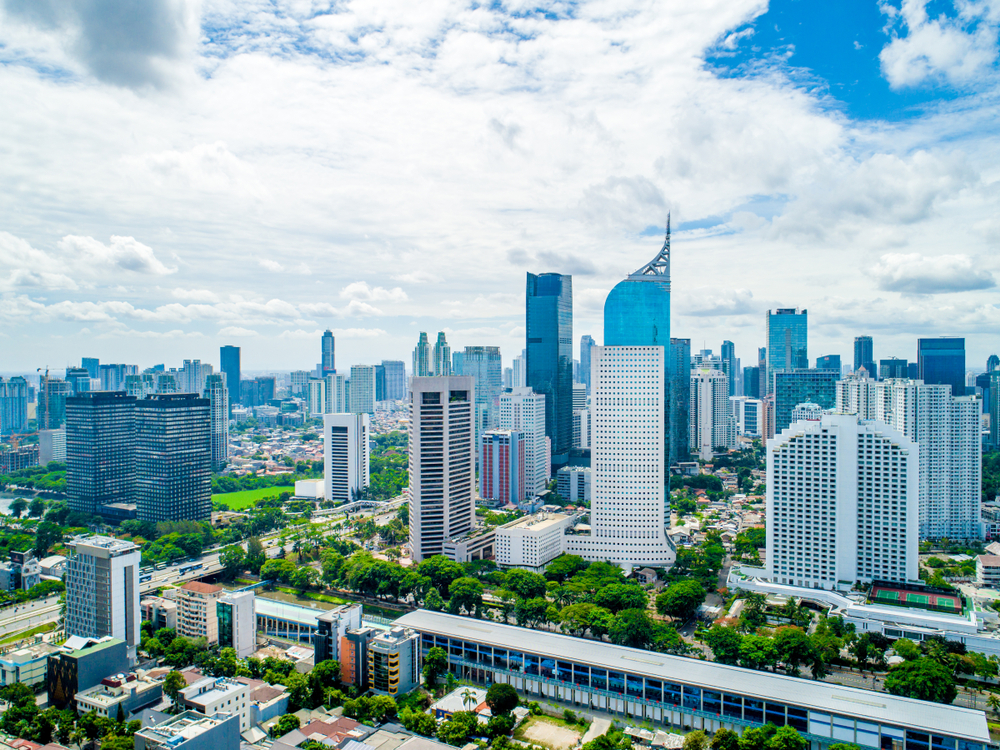
Jakarta is Indonesia’s vibrant capital, offering a fascinating mix of tradition and modernity. The city’s skyline is dotted with towering buildings, while traditional markets and temples remain at the core of its culture. You can visit the National Monument, a symbol of Indonesia’s independence, or wander through the old town with its colonial buildings. Jakarta’s modern infrastructure and booming business districts are in stark contrast with its historic sites. This combination of old and new makes Jakarta one of the most interesting cities in Southeast Asia.
Jakarta’s culture is a blend of indigenous traditions, Dutch colonial influences, and modern-day Indonesian life. Visitors can explore both contemporary art galleries and cultural landmarks like the Istiqlal Mosque, the largest in Southeast Asia. The city’s shopping centers showcase international brands, while local markets sell everything from batik textiles to street food. Jakarta’s food scene also reflects this duality, offering traditional Indonesian dishes alongside international cuisine. The contrast of the old and the new makes Jakarta a city of endless exploration.
Hanoi, Vietnam
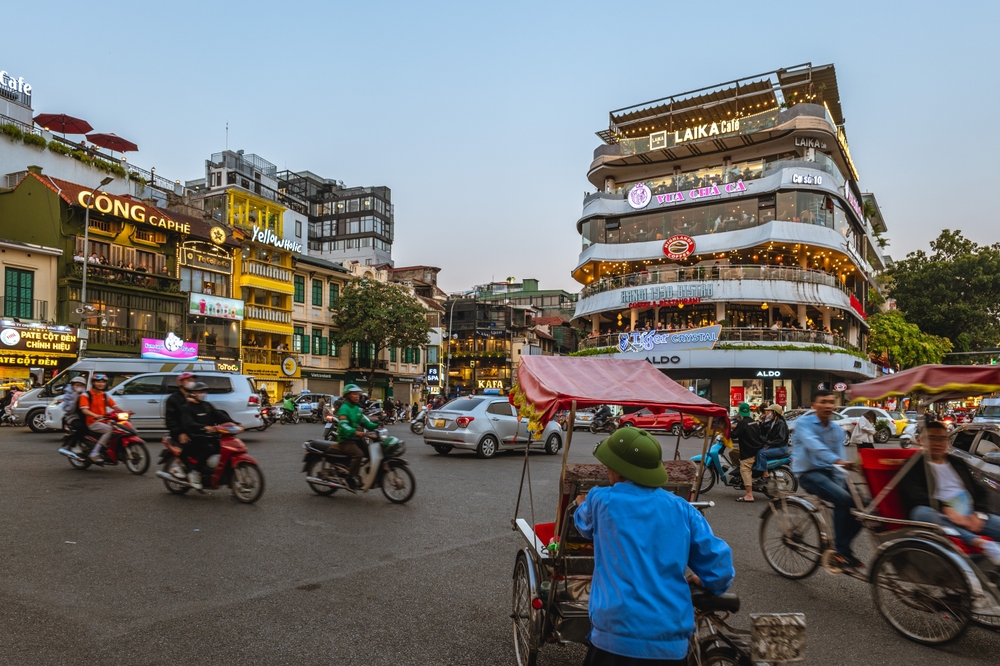
Hanoi, the capital of Vietnam, is a city where ancient culture blends effortlessly with modern life. With its beautiful French colonial architecture and historic temples, Hanoi offers a glimpse into the country’s rich history. Yet, the city is also home to a modern, fast-paced atmosphere, with trendy cafes, boutiques, and a growing tech scene. The old quarter remains the heart of the city, where traditional markets and street vendors give visitors a taste of daily life. Hanoi is a city where time seems to stand still and move quickly at the same time.
The streets of Hanoi are lined with traditional houses, Buddhist temples, and ancient pagodas. At the same time, the city’s cultural diversity is visible in its new developments and modern entertainment options. Visitors can enjoy the tranquil beauty of Hoan Kiem Lake or explore the vibrant nightlife of the city. Hanoi’s mix of ancient temples, lively street food markets, and modern cafés creates a unique energy. The city’s ability to honor its past while embracing the future makes it a special place to visit.
Phnom Penh, Cambodia
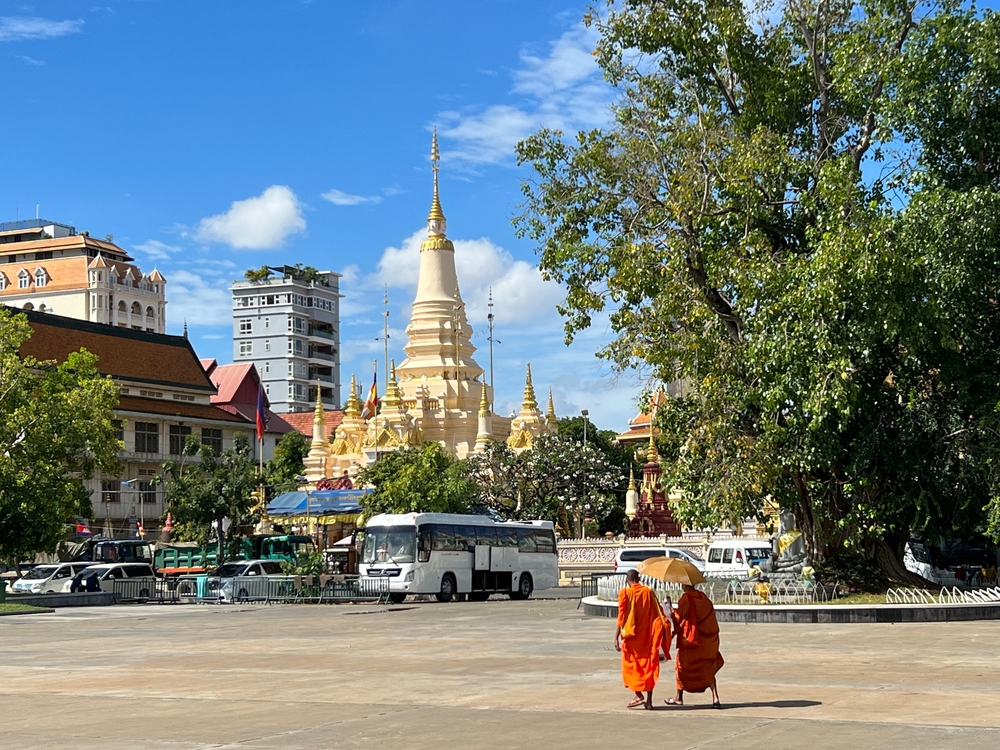
Phnom Penh is a city that blends Cambodia’s rich history with modern development. The majestic Royal Palace and Silver Pagoda offer a glimpse into the country’s royal past, while modern shopping centers like Aeon Mall showcase the city’s economic progress. The charming streets of Phnom Penh, filled with colonial architecture, offer visitors both tradition and contemporary vibrance. The contrast between the peaceful temples and the bustling urban centers is striking. Phnom Penh continues to grow while preserving its cultural legacy, making it a fascinating city to explore.
The city’s vibrant markets and food scene also reflect this blend of old and new. Traditional markets like the Central Market are an excellent place to shop for handcrafted goods, while the modern cafes and restaurants cater to international tastes. Phnom Penh’s development is evident in its expanding skyline, but the city still honors its deep cultural roots. The annual Water Festival, celebrating the end of the rainy season, is a perfect example of how tradition and modernity coexist. Phnom Penh’s unique atmosphere makes it a must-visit destination for history and modern culture enthusiasts alike.
New Delhi, India
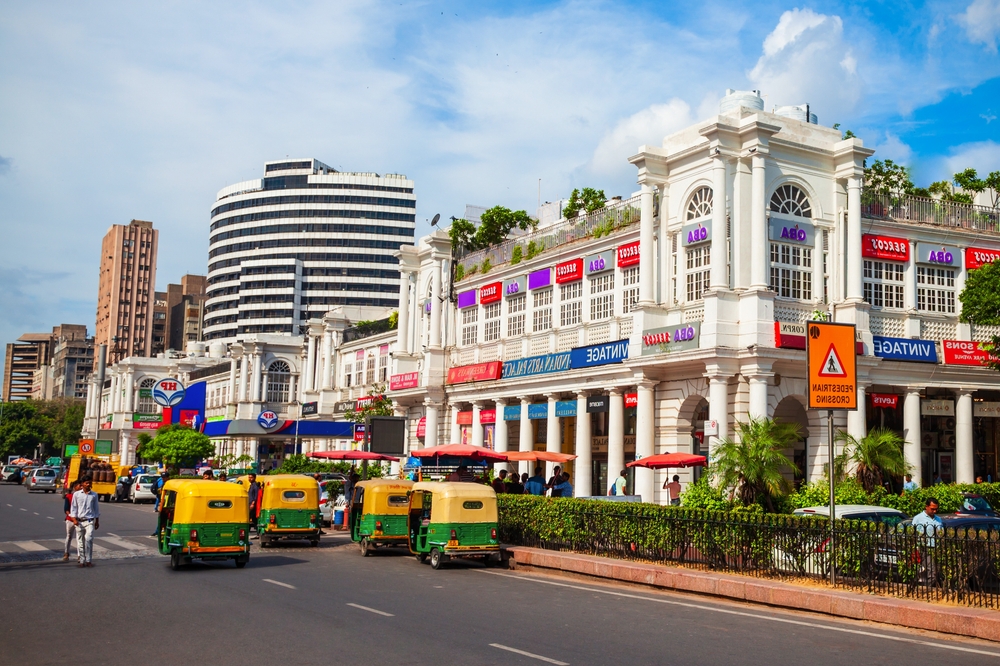
New Delhi is a city where India’s rich history and modern ambitions are beautifully intertwined. The city’s many historic sites, such as the Red Fort and Humayun’s Tomb, offer a deep dive into India’s past, while the bustling business districts showcase modern infrastructure. New Delhi is a city of contrasts, with its ancient temples and bustling markets standing side by side with sleek glass buildings and high-end shopping malls. This blend of the old and new makes New Delhi a must-see destination. The city’s vibrant festivals, such as Diwali, continue to celebrate ancient customs while the city embraces global modernity.
Despite being a fast-growing urban hub, New Delhi continues to embrace its cultural and historical heritage. The city’s food scene is a mix of traditional Indian dishes and contemporary culinary trends. Visitors can explore the historic Jama Masjid and then shop at the modern Dilli Haat. New Delhi’s nightlife is thriving, with new-age bars and lounges complementing traditional street food vendors. The combination of rich history and forward-thinking progress makes New Delhi an exciting city to explore.
Kathmandu, Nepal

Kathmandu is Nepal’s capital and a city where ancient traditions thrive amidst modern life. Known for its centuries-old temples and stupas, including the famous Swayambhunath Stupa, Kathmandu remains deeply rooted in its Buddhist and Hindu heritage. Yet, it is also home to a growing urban population and an expanding infrastructure, with new businesses and modern amenities. The city offers a fascinating contrast of ancient rituals and modern living, from the lively Durbar Square to the modern cafes lining the streets. Kathmandu’s deep spiritual and historical significance makes it a place like no other.
Kathmandu is not just a gateway to the Himalayas but also a city full of cultural wonders. Visitors can explore the narrow streets of the old town, filled with traditional artisans and shops, while also enjoying more modern entertainment in newer districts. The city hosts various festivals, including Dashain and Tihar, which celebrate the country’s deep religious roots. Modern developments such as hotels and shopping centers sit side by side with temples, making the blend of old and new even more striking. Kathmandu’s charm lies in this delicate balance between tradition and modernity.
Bangkok, Thailand
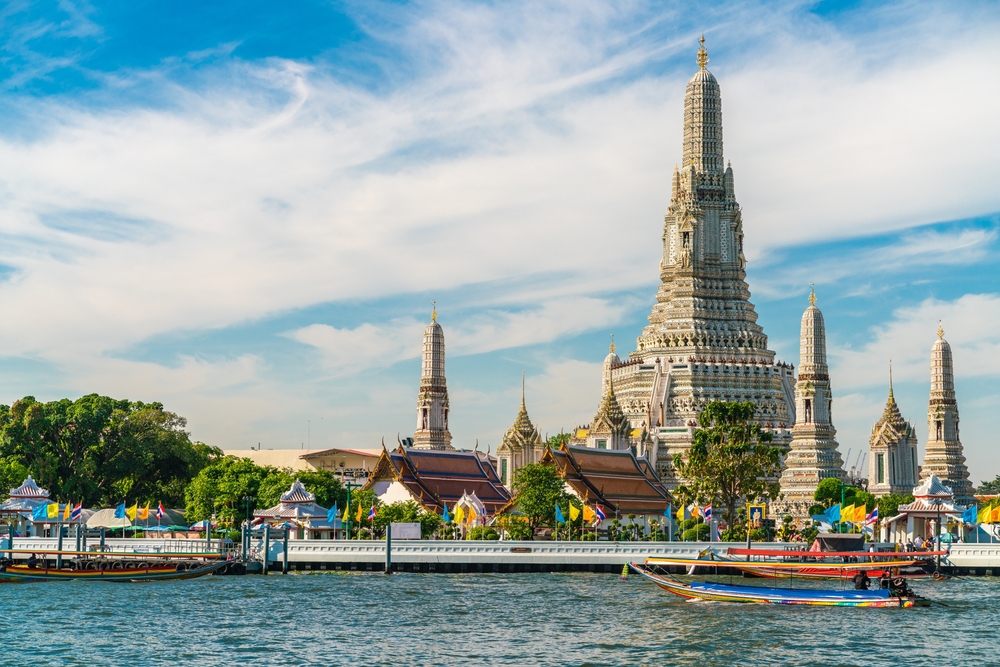
Bangkok is a city where ancient temples and royal palaces coexist with modern skyscrapers and bustling shopping malls. The city’s iconic landmarks like the Grand Palace and Wat Arun provide insight into Thailand’s rich cultural and religious heritage, while districts like Sukhumvit are filled with cutting-edge buildings and high-tech shopping centers. Bangkok is a place of constant energy and change, where the old and new merge seamlessly. Whether you’re experiencing the serene beauty of temples or the vibrant nightlife, Bangkok offers a fascinating mix of history and modern life.
In addition to its historical landmarks, Bangkok is famous for its street food culture and vibrant markets. Traditional Thai dishes can be enjoyed at street stalls, while international food offerings dominate high-end malls. The contrast between the peacefulness of Buddhist temples and the lively buzz of urban streets gives the city a unique atmosphere. Bangkok’s art scene is also growing, with contemporary art galleries and exhibitions becoming more prevalent. The city is a perfect example of how tradition and modernity can coexist in a fast-paced, global city.
Manila, Philippines
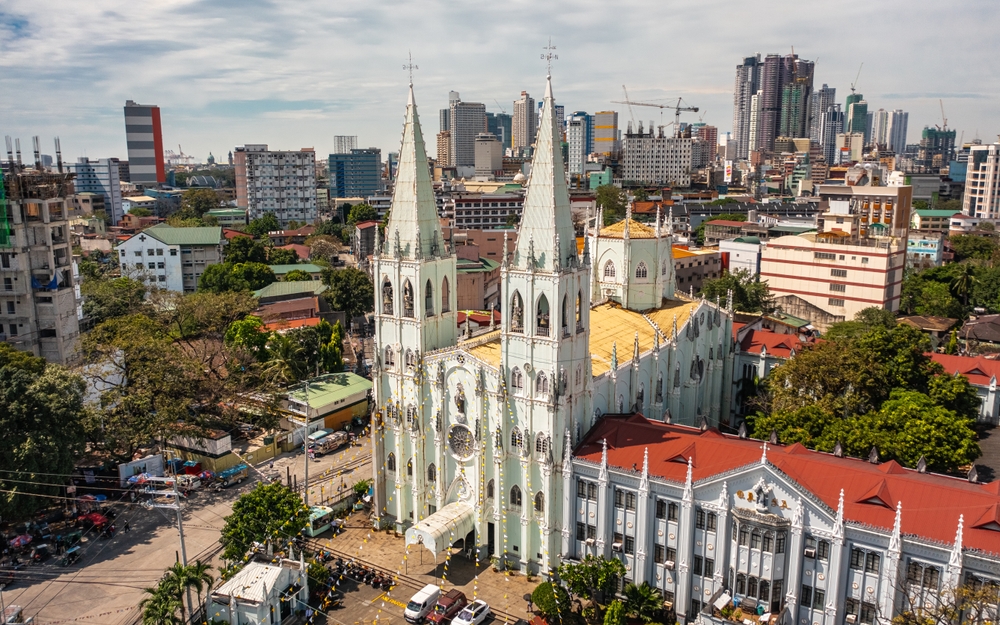
Manila is a city where history and modernity coexist, offering both cultural depth and contemporary appeal. Landmarks like Intramuros, the walled city dating back to Spanish colonial times, sit alongside modern malls, skyscrapers, and tech hubs. Manila is a bustling, dynamic city that mixes centuries-old Spanish influence with the modern-day vibrancy of Southeast Asia. Visitors can enjoy the beautiful heritage sites, such as San Agustin Church, while also experiencing a thriving urban scene with exciting shopping, dining, and entertainment options.
The city’s combination of colonial history and modern developments offers a fascinating contrast. Manila’s public transportation system blends modern services with historic streetcars. The city’s nightlife is full of both traditional Filipino music and cutting-edge clubs, blending cultural heritage with modern trends. The fusion of old and new is evident in Manila’s food scene, where classic Filipino dishes are served in modern settings. Manila provides the perfect blend of history, tradition, and progress in one city.
Colombo, Sri Lanka

Colombo is a vibrant city where Sri Lanka’s colonial past meets its modern present. The city is home to historic landmarks such as the Galle Face Green and the Old Dutch Hospital, showcasing its colonial influence. However, Colombo is also a rapidly developing urban hub, with contemporary shopping malls, cafes, and high-rise buildings. Visitors can experience Sri Lanka’s culture through its old temples and markets while also enjoying the modern conveniences of the city. Colombo offers an exciting glimpse into the country’s ability to blend its past and future.
Colombo’s vibrant markets, such as Pettah, offer a taste of its rich history, while the city’s modern cafes and bars cater to a younger, cosmopolitan crowd. The city’s colonial architecture stands alongside sleek modern buildings, creating an intriguing visual contrast. Colombo’s food scene is a mix of traditional Sri Lankan flavors and international influences. As the economic center of Sri Lanka, the city is fast-growing but retains its cultural roots. Colombo’s unique blend of old and new makes it an exciting place to explore.
Taipei, Taiwan
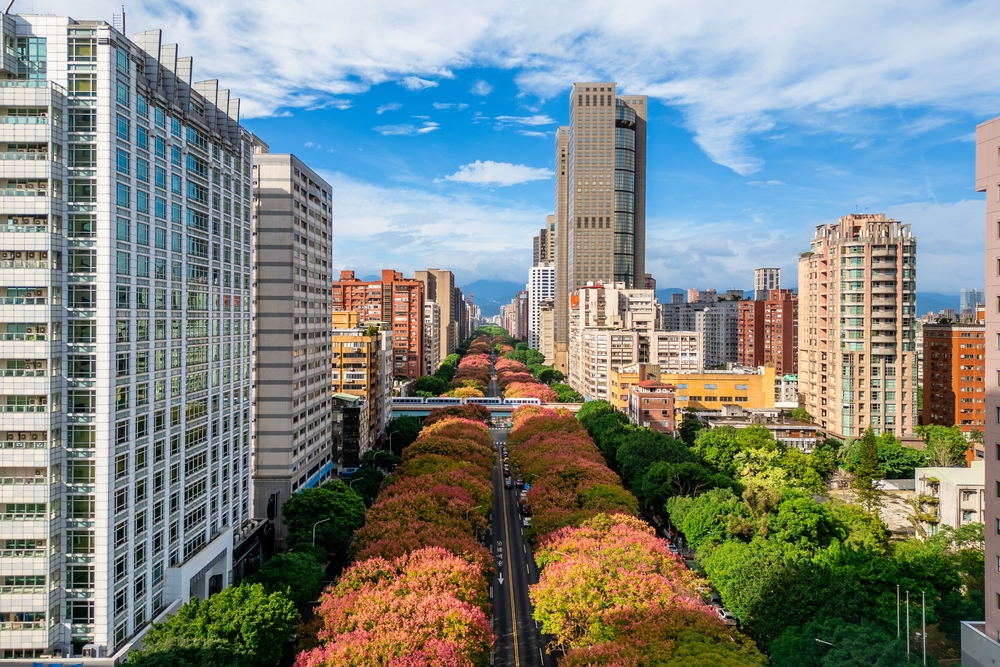
Taipei is a city where modern technology meets ancient traditions in an incredible blend. The city’s rich cultural heritage can be explored in landmarks like the Longshan Temple, while the modern architecture and bustling districts like Xinyi District showcase the future. Taipei is also home to historical sites such as the Chiang Kai-shek Memorial Hall, which contrasts with the ultra-modern Taipei 101 skyscraper. The city’s cultural vibrancy continues with a thriving street food scene, while its high-tech industries keep it at the forefront of innovation. Taipei’s dynamic energy is a perfect reflection of Taiwan’s balance between the old and the new.
The city’s night markets, such as Shilin Night Market, are a must-visit for a taste of traditional Taiwanese food, while modern shopping malls like Taipei 101 offer luxury shopping experiences. Taipei’s blend of traditional tea houses and cutting-edge tech hubs makes it an intriguing destination. The city also boasts beautiful parks, where visitors can find both peace and energy in their surroundings. Taipei’s festivals, like the Lantern Festival, celebrate both ancient customs and the city’s modern spirit. Whether exploring the past or embracing the future, Taipei offers a truly unique experience.
Dhaka, Bangladesh
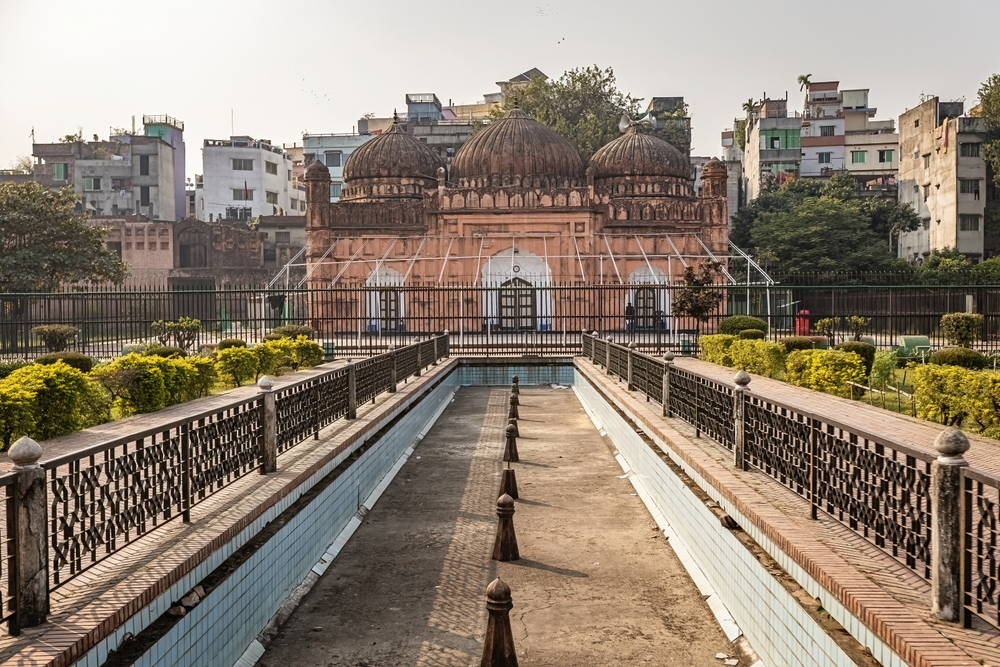
Dhaka is a city where the rich cultural heritage of Bangladesh merges with rapid modernization. Known for its historical landmarks like the Lalbagh Fort and Ahsan Manzil, the city also boasts a thriving, fast-paced urban environment. Dhaka is a city of contrasts, where centuries-old traditions coexist with a booming textile industry and modern skyscrapers. The old bazaars and markets, such as New Market, provide a glimpse into the past, while modern malls like Bashundhara City reflect the city’s economic growth. Dhaka is a place where history and progress come together in a way that defines the country’s future.
Visitors can experience the ancient cultural heart of Dhaka by exploring historical sites like the National Museum and the Pink Palace, while also enjoying the latest developments in business, arts, and entertainment. The city’s food scene is a fusion of traditional Bangladeshi flavors and modern cuisine, making it an exciting destination for food lovers. Dhaka’s vibrant streets are filled with energy, from the bustling markets to the growing number of modern cafes and restaurants. The blend of ancient culture with new development creates an atmosphere that is uniquely Dhaka. It’s a city where both the past and the future converge in a rapidly evolving space.
This article originally appeared on Avocadu.
